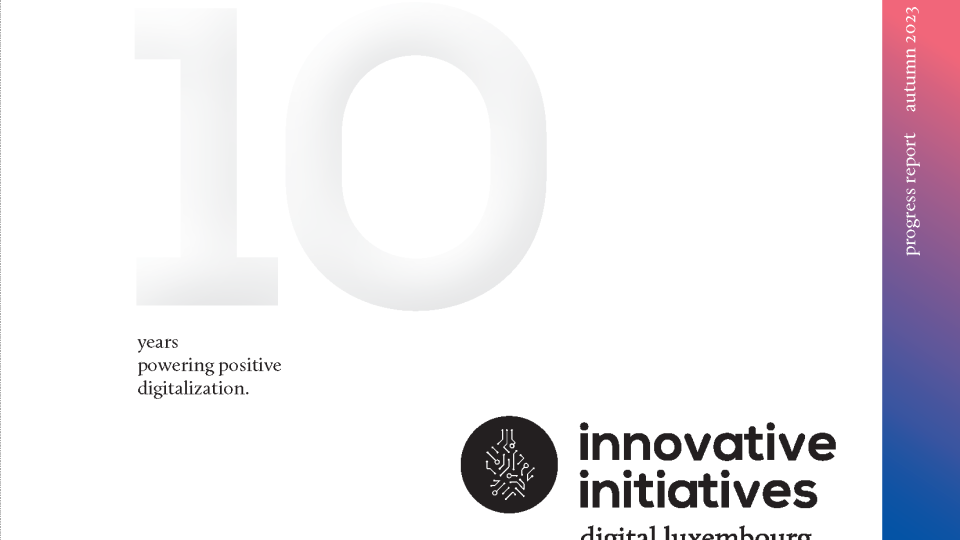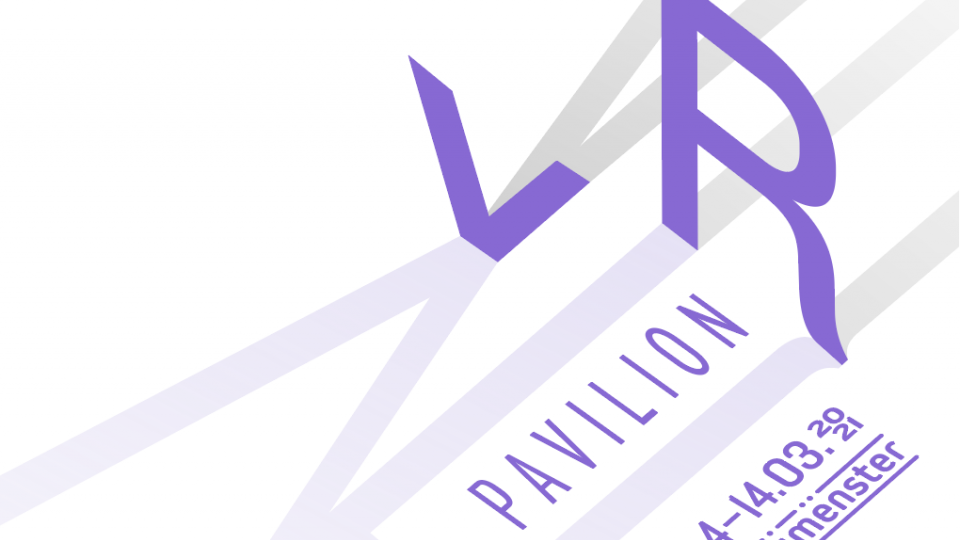1867 was a momentous year for Luxembourg. The city and its formidable citadel were a lightning-rod for conflict between Prussia and France, which were disputing its political status and military alignment.
The ‘Luxembourg crisis’, a turning point in the political history of Europe, was ultimately resolved by the Treaty of London. It provided for the demilitarisation of the city and the dismantling of its fortifications, and marked the starting point of the economic and cultural life of Luxembourg as a genuinely independent country.
Musician, composer and theatrical performer Pit Vinandy has headed a team that has reproduced this pivotal moment in Luxembourg’s history through virtual reality, working with museums and educational institutions as well as international technology specialists and historians to bring a 150-year-old epoch to life.
He says: "The Luxembourg 1867 project has its roots in 2008 with a plan to build an online replica of the city of Luxembourg the way it is today – but everyone knows how Luxembourg looks today! Four years later, we were asked to make a virtual reconstruction of one area of the city, Pfaffenthal, for secondary school children. From there, we launched the project to create the whole city of 1867. Because of its size, it was easily possible. London would probably take 10 years, but we now have a working model."
Users take on the identity of an historical figure as an avatar. They can enter houses, shops and cafés, along with recognisable landmarks such as St. Matthew’s Church. Famous historical figures such as Pfaffenthal-born composer Laurent Menager appear. Says Vinandy: "This is a period of history we never learned about at school. Politically, it is a bit confusing, but it is extremely interesting."
The replica city is available on Second Life, but also in the virtual reality sections of the Fort Thüngen Museum and the City Museum of Luxembourg. Equipped with two Oculus Rift VR headsets and 10 computers, users can role-play in this period of history. The experience is truly immersive: players can pick up objects with their hands and the imagery is all photorealistic.
"It is a great way to get kids interested in history, plus it is accessible the world over, " Vinandy says. "It is possible to log into it on any platform, including mobile from next year. Second Life failed to achieve wider penetration because it didn’t work on all platforms. By contrast, this is for everyone. There is a worldwide community of people who play the game and work on the services."
He says the system allows users to create history within history, adding: "Stories are written horizontally. People are inspired to create stories about history. It goes far beyond an educational project."
The program has drawn on a wide range of technical resources, both within Luxembourg and internationally, and its creators are from around the world, using maps to help recreate the period without the need to travel. Vinandy adds: "It changes every day – there is always something new coming out. We are now building the projet in ‘Sansar’, the next generation Virtual World by Linden Lab, the creators of Second Life."
He envisages the project broadening to encompass other periods in history or other cities: "It is very exciting – there is nothing like it to this extent anywhere in the world. We have had requests from people in Slovenia who want to work with us on similar projects."
In August 2017, the Film Fund Luxembourg granted financial support for the screenwriting of the pilot for a 1867 TV series!







